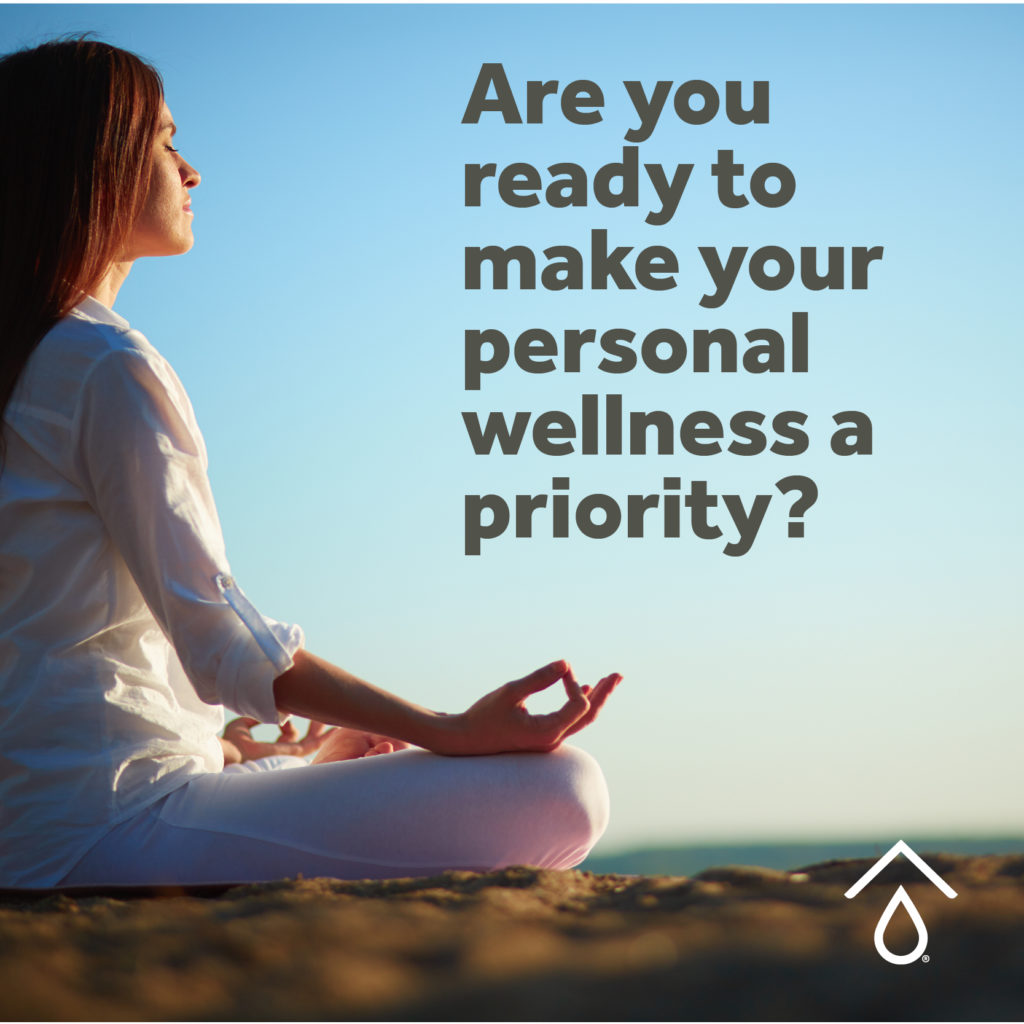
It’s no secret that “the most wonderful time of the year” can also be the most stressful time of the year. Most people are stressed. All parents are stressed. And the special needs parents are stressed to the max! I’ve ended more than one work day over the last few weeks screaming “Serenity Now!” in my car and going home with nothing left in me for my family.

I know that I need to relax. I know that meditation helps with relaxing. However, I also know that I am not very good at meditating. I have too many thoughts running through my head wildly. But meditation is so helpful and worth it so I’m going to keep trying. Meditation will be goal # 18 of my 22 Goals for 2022.
There are so many benefits to meditation. I’m not going to list all the health and mental health benefits, but if you are unconvinced or if you just want to learn more, Mindfulness.com has a pretty good summary. For me, I get a sense of clarity and my best ideas come to me when I am able to free my mind from the minutia. Honestly, it feels like I have a million post-it notes swimming around in my brain. But it is difficult for me to focus on those post-it notes. Sometimes I get so overwhelmed by them that I feel paralyzed and I end up getting nothing done at all. And stressing about those floating post-its is like that old saying about stress being like a rocking chair – you’re doing something but you aren’t getting anywhere.
Meditation For Dummies
What’s the best way to free your mind and harness the benefits of meditation? Especially if you suck at it like me? Here are my “Meditation for Dummies” ideas:
Get Organized
This tip is for the floating post-it note people. I find that once I write the things swirly around in my head on actual post-it notes (or in a planner or a phone or whatever works for you), I can let them leave my head with less worry. I know they are somewhere. If I’m not thinking about them, I still have access to them. And when I have “all the things” appropriately organized, I can also focus on only what I need to do in the immediate future, while the rest of it safely lives on a list for another time.
Set The Stage
Set aside time and space to try meditation. Don’t try to do it between loads of laundry or in a place that can be easily distracting. It is best to practice meditation alone and in a quiet place. Try to find at least a few minutes that you will not be interrupted. I know everyone is busy! This may need to be when everyone else is asleep. Maybe, you need to pull over into a parking lot on the way home from work! Definitely practice in a place free of electronic. It is not going to work if your phone is dinging! And, if possible, dim or turn off the lights to increase your concentration. Make sure that you are comfortable and relaxed before you get started.

Start Slowly
If you are just starting a meditation process, start with just a few minutes and then work your way up to longer. And “longer” can be as long as you want – there is no limit. Some monks meditate 8-10 hours a day! You probably won’t build up to that kind of practice (imagine?!), but even 20 minutes a day offers amazing benefits. You can set a timer if that will help – just make sure that if it is on your phone, your phone isn’t going to be distracting. I really like these colored (silent) hourglass sand timers.

Get A Mantra
Mantra is a Sanskrit term meaning mind release. It is usually a short sound or word (like “ohm”) that is repeated during meditation to bring focus to the mind and body. A mantra’s purpose is to redirect your mind back to your meditation practice when it starts to wander. So, it doesn’t need to mean to anything. A nonsense word or random sound will do just fine. Repeating your mantra gives your mind something else to do besides focusing on the stress and worry (and to-do list and whatever else is floating around in your head). The repetition will also help you find a natural breathing rhythm. Ohm!
Find Your Focus
Like a manta, a prop used a focal point can be a good way to help your mind focus. The prop can serve as a focal point for your meditation practice. Some ideas for prop include the sand timer mentioned above or a lit votive or candle. It is a good idea if it is something with some movement to it (like the flickering light of the candle) and not a stationary object. This creates a “lulling” effect that allows the mind to relax more easily. Just let your eyes focus on the prop and let your thoughts drift away. I you find yourself losing focus, just bring yourself back to your prop.

Try Guided Meditation
If practicing meditation independently seems daunting, then Guided Meditation may be for you. In Guided Meditation, a teacher leads you through your meditation practice step-by-step making it one of the most accessible forms of meditation available. There are many Guided Meditation sites and app available. Most allow you to select the length and purpose of your meditation. Some of my favorite Guided Meditation resources that are free and do not require you to set up an account are: QuietKit, PurposeFairy, and Mindfulness For Teens (which is not just for teens!).
Practice Your Practice
This is probably the most important tidbit I can offer, because it was really eye opening to me. Meditation takes … practice. I used to think that because my mind was constantly wandering when I tried to meditate that it meant I wasn’t good at it. Too many people feel the same and give up on their meditation practice altogether. I have no idea why we don’t realize that, like learning any skill, meditation isn’t something that everyone is instantly good at. The more we practice the better we get.
So, approach your meditation practice without judgement. Don’t set any expectations – you don’t have to sit a certain way, or wear special clothes, or feel all Zen-like. Be patient and kind to yourself as you develop your practice. As thoughts pop into your head, just notice them and then let them float away. Gradually, the spaces in between those thoughts will grow. Your practice will deepen.
The goal of meditation isn’t to achieve some existential bliss, to escape from stress, or even to clear your thoughts. The purpose is to learn to quite our wandering, busy minds – to calm them down so that we can observe our thoughts without judgement. This creates an inner awareness and acceptance and peace – whatever life brings.

Ohhhhhmmmmm!!!!

 My autism journey has changed the way I live and care for my family. I am passionate about nontoxic products, natural remedies, grain-free nutrition, essential oils, and healing the symptoms known as autism. This is a space for anyone aspiring toward cleaner, healthier living.
XO Joanna
My autism journey has changed the way I live and care for my family. I am passionate about nontoxic products, natural remedies, grain-free nutrition, essential oils, and healing the symptoms known as autism. This is a space for anyone aspiring toward cleaner, healthier living.
XO Joanna





